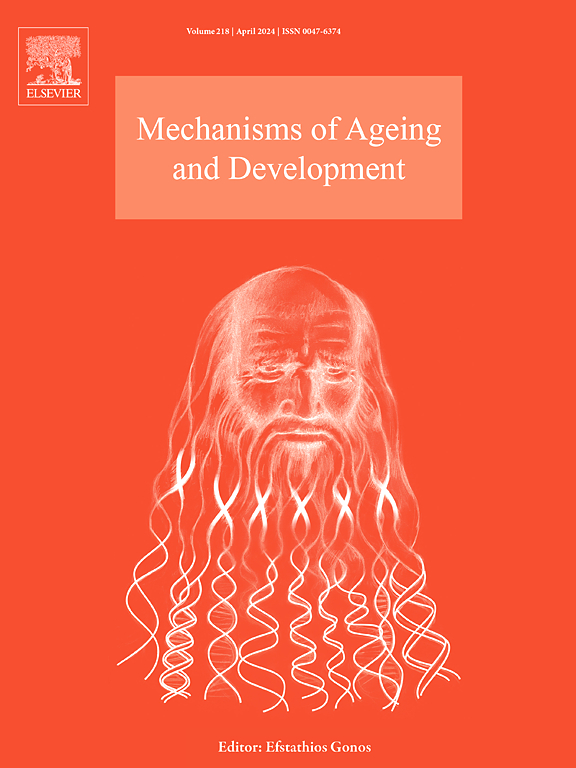Functional significance of extracellular vesicles as mediators of cardiometabolic and cardiorenal diseases upon aging
IF 5.1
3区 医学
Q2 CELL BIOLOGY
引用次数: 0
Abstract
Aging increases the risk of cardiometabolic and cardiorenal disease and this is associated with cellular dysregulation including oxidative stress, chronic inflammation, insulin resistance and senescence. Extracellular vesicles (EV) facilitate inter-organ communication and are now well established as important pathophysiological mediators in many aging-associated diseases. Our knowledge of EV biosynthesis, cargo composition, cellular targeting and functional effects has expanded significantly over the past decade. Here we provide a comprehensive review on the characteristics and functional significance of EV in cardiometabolic and cardiorenal diseases in the context of aging. Specifically, we focus on heart failure, type 2 diabetes, metabolic dysfunction-associated steatohepatitis (MASH), hypertension, and chronic kidney disease and discuss aging-associated changes in bioactive molecules transferred via EV and how these are associated with healthspan. Furthermore, we summarize current potential therapeutic applications of EV. Overall, this review summarizes current knowledge indicating an important role for EV in aging-related cardiometabolic and cardiorenal diseases, and how insights from basic research can potentially be translated to the clinic in order to combat aging-associated metabolic decline and improve longevity and healthspan.
细胞外囊泡在衰老过程中作为心脏代谢和心肾疾病介质的功能意义。
衰老会增加心脏代谢和心肾疾病的风险,这与细胞失调有关,包括氧化应激、慢性炎症、胰岛素抵抗和衰老。细胞外囊泡(EV)促进器官间的通讯,现已被确定为许多衰老相关疾病的重要病理生理介质。在过去的十年中,我们对EV生物合成、货物组成、细胞靶向和功能效应的了解得到了显著的扩展。本文就衰老背景下EV在心代谢和心肾疾病中的特点及功能意义进行综述。具体而言,我们关注心力衰竭、2型糖尿病、代谢功能障碍相关脂肪性肝炎(MASH)、高血压和慢性肾脏疾病,并讨论通过EV转移的生物活性分子的衰老相关变化以及这些变化与健康寿命的关系。此外,我们总结了目前EV的潜在治疗应用。总之,这篇综述总结了目前的知识,表明EV在衰老相关的心脏代谢和心肾疾病中发挥重要作用,以及如何将基础研究的见解转化为临床,以对抗衰老相关的代谢下降,提高寿命和健康水平。
本文章由计算机程序翻译,如有差异,请以英文原文为准。
求助全文
约1分钟内获得全文
求助全文
来源期刊
CiteScore
11.10
自引率
1.90%
发文量
79
审稿时长
32 days
期刊介绍:
Mechanisms of Ageing and Development is a multidisciplinary journal aimed at revealing the molecular, biochemical and biological mechanisms that underlie the processes of aging and development in various species as well as of age-associated diseases. Emphasis is placed on investigations that delineate the contribution of macromolecular damage and cytotoxicity, genetic programs, epigenetics and genetic instability, mitochondrial function, alterations of metabolism and innovative anti-aging approaches. For all of the mentioned studies it is necessary to address the underlying mechanisms.
Mechanisms of Ageing and Development publishes original research, review and mini-review articles. The journal also publishes Special Issues that focus on emerging research areas. Special issues may include all types of articles following peered review. Proposals should be sent directly to the Editor-in-Chief.

 求助内容:
求助内容: 应助结果提醒方式:
应助结果提醒方式:


